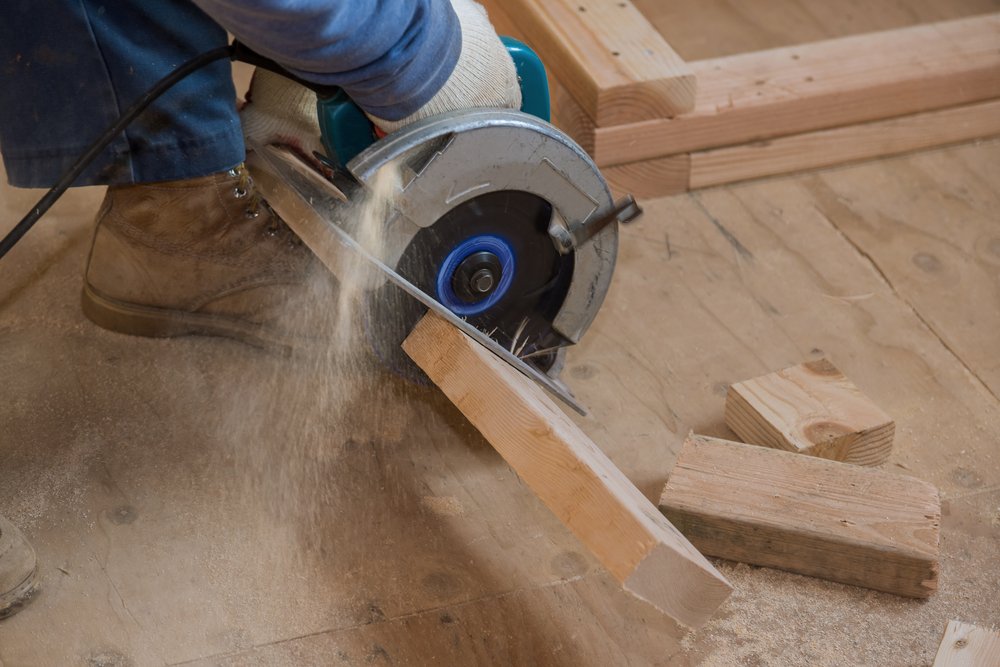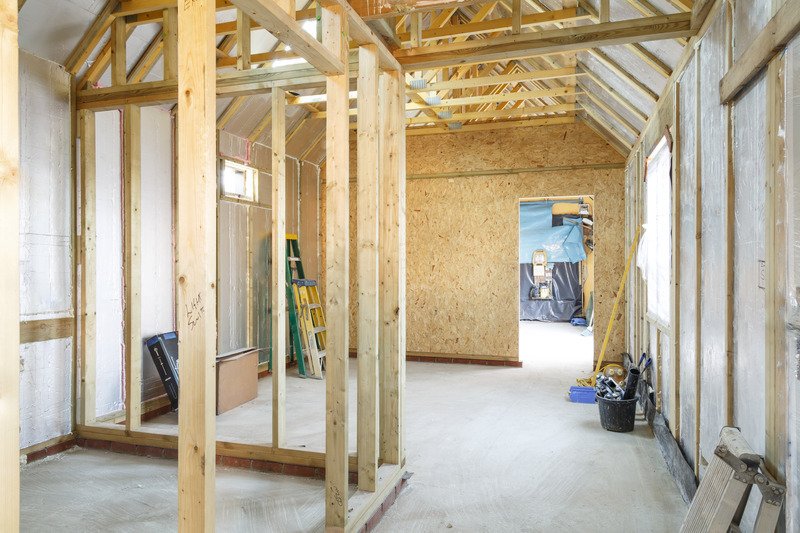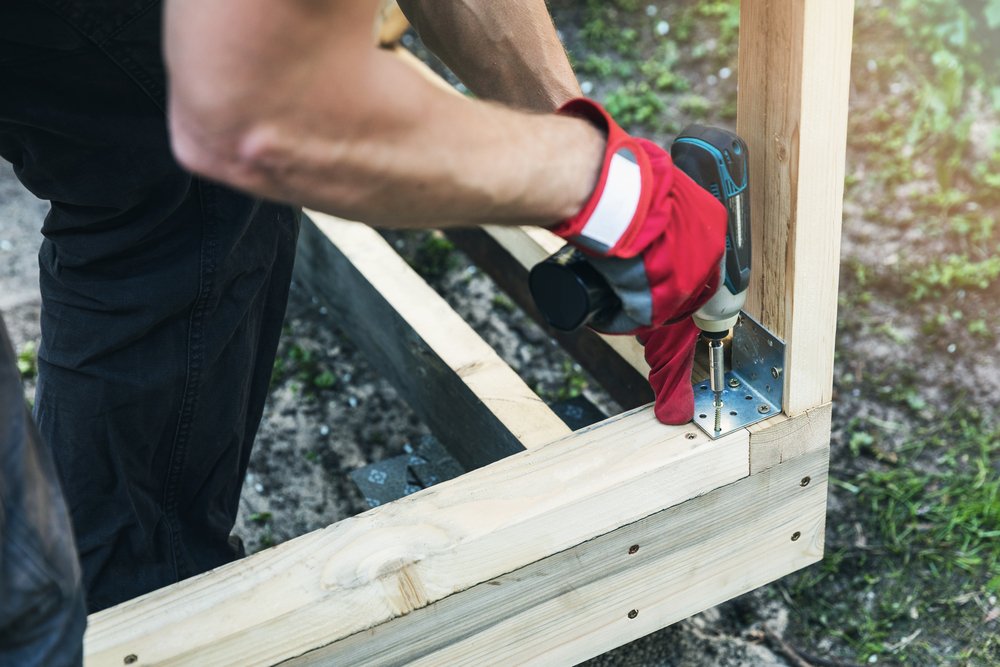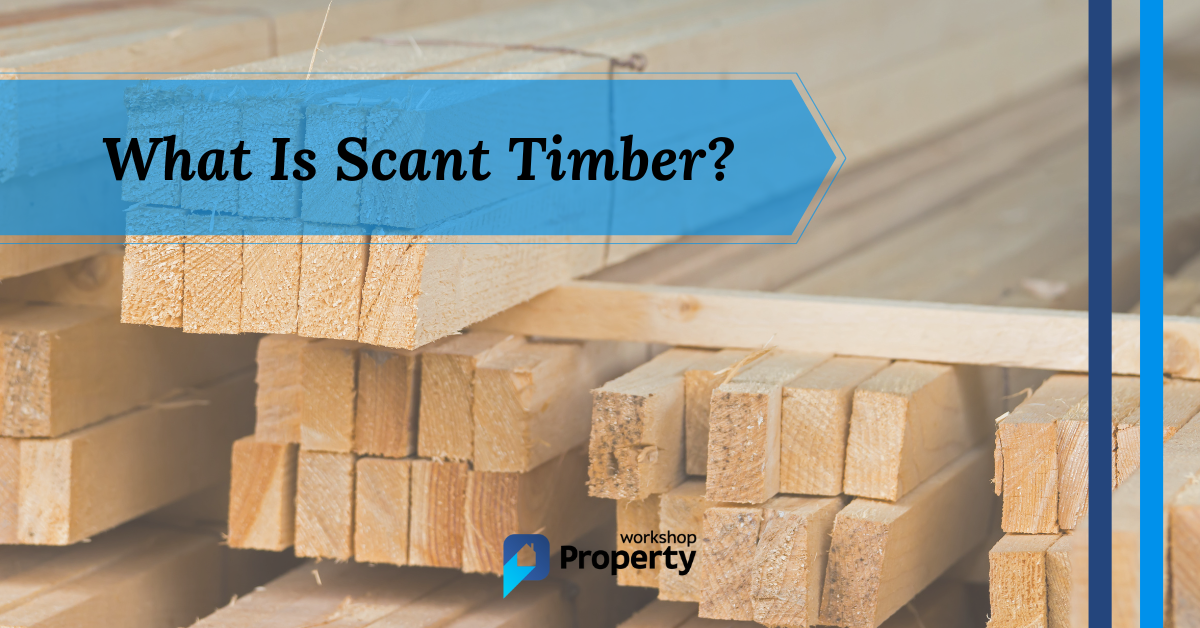Growing up in northwest England, I was well aware of scant timber and its use. However, when I grew older and travelled to construction sites nationwide, I learned the term had different meanings in other regions.
So, what is scant timber? Is it the rough, warped, and twisted pieces that timber merchants sell off cheap, or is scant timber something more valuable than that?
Scant Timber and Its Uses

Most people misunderstand scant timber, especially those who don’t live in the northwest of England.
Being from Salford, I’m well acquainted with scant timber and welcome this opportunity to set the record straight.
Many think that scant is rough timber, unplaned and irregular in shape. On the contrary, because of its use in framing and carcassing, it’s surfaced (not planed) with a planed square edge (PSE) to provide a regular sharp-edged size.
However, because scant timber comes from thick branches or smaller trees, you get a combination of heartwood and growth wood in each piece. This combination is why you find irregularities in so much scant timber.
Scant is short for scantling, usually associated with small timber sections. The most common size is 75 x 50mm, which producers reduce to 69 x 44mm, ideal for internal partitioning. However, checking the final measurements with your supplier is always worthwhile, as sizes vary.
You can get 50 x 50mm scant for framing and boxing-in or 100 x 50mm for wider partitions and stud walls.
Scant timber comes in lengths of 2.4, 3.0, and 4.8 metres, which works well with the standard ceiling heights in modern homes.
Scant timber is often grouped along with the Canadian Lumber Standard (CLS) because builders use it for similar jobs, mostly internal non-structural work. The difference is that CLS has rounded or radiused edges making it easier to handle.
Despite the name, CLS comes from the same sources as scant timber, mainly from Denmark, Sweden, Germany, and Canada.
Pro Tip: For more precise work, it’s better to get kiln-dried scant, and if you want to use it externally, get it pressure-treated to protect against rot and insect attack.
Uses for Scant Timber
Joiners don’t use scant timber in joinery work because you often find defects in the wood, such as twisting and warping.
However, you can use it in other situations where appearance is less critical.
Here are three common uses for scant timber and two that are not so common:
1. Carcassing
Although scant timber falls under the structural class C16, regulators regard it as ungraded carcassing timber.
This classification means you can’t use it when a specific structural grade is necessary, such as flooring or roofing.
You can learn more about carcassing timber on the UK Timber website.
2. Boxing In and Forming Bulkheads
Boxing in pipework and forming bulkheads are the most popular uses of smaller scant timber. For this purpose, 50 x 50mm reduced to 44 x 44mm works fine.
I recently used this to frame a concealed toilet cistern and an off-the-floor WC. It worked out great!
3. Building Internal Studs and Partitions

Builders often use larger sections of scant timber to build internal stud walls and partitions.
A partition is a non-load-bearing separating wall. Although similar to a partition wall, a stud wall is load-bearing. You can use scant timber for this structural use because it has excellent compressive strength.
4. Shed Building

You can use scant timber to construct garden sheds where you’re not too worried about the appearance. I.e. a bit of warp and twist is acceptable.
For this purpose, scant timber must be treated with a preservative stain or impregnated with Tanalith or similar.
5. Structural Boxed Beams
Scant timber is ideal for use as a structural boxed beam.
Although the construction industry doesn’t class scant as structural timber, if it’s used in a ladder frame and faced on both sides with plywood, you have a solid, lightweight beam capable of spanning up to 4.8m (the maximum length of scant timber).
Pro Tip: If you intend to use a boxed beam for structural purposes, you must have it designed by a qualified structural engineer.
Final Thoughts
As Mark Bowers, Commercial Director at Donaldsons Timber, says, “Scant is mainly used in the northwest of England.”
However, it’s available all over the UK, but be careful when ordering scant timber from other parts of the country, as the term means different things to different regions.
Furthermore, make sure your supplier understands why you want scant timber. If not, many merchants will provide you with wood riddled with defects, which they couldn’t sell under any other name.

